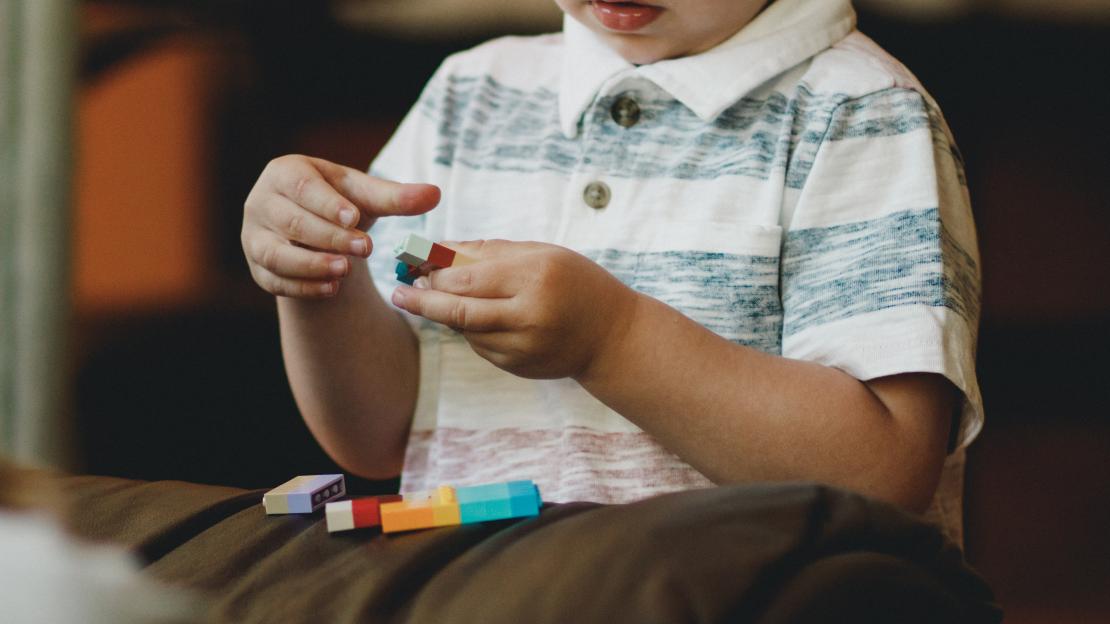In November 2012, an inspector showed up at the door of Olena Panfilova’s daycare. For an hour, Paniflova’s daughter refused him entry as the daycare staff hid evidence and shuttled an estimated 22 children into the house next door. When the inspector finally entered, he found seven children under the age of three — a couple more than the legal limit of five, but not the nearly 30 actually in care.
In 2013, two-year-old Eva Ravikovick died from heat stroke while left alone in Panfilova’s sweltering car. Criminal and civil suits were filed against Panfilova and her husband and daughter.
Panfilova’s name has since become synonymous with negligence and overcrowding in unlicensed care. An it’s not an aberration, as is often presented in the media, but the norm: 80 per cent of Ontario’s children are in unlicensed care. Unless someone complains, these daycares are not monitored, and even then, there is often little an inspector can do. Unlicensed daycares are not legally bound by the provincially mandated standards and practices of their licensed counterparts.
Yet most parents continue to choose unlicensed care because of the lower cost, suggests a landmark study by Management faculty Gordon Cleveland and Michael Krashinsky. Using data from Statistics Canada and the City of Toronto, the two professors found that licensed care is unaffordable for 75 per cent of Toronto families.
Toronto’s licensed daycares are the most expensive in the country, charging between $60 and $100 per day, and as much as $25,000 per year. As Cleveland notes, “$10,000, $15,000 or $20,000 for licensed care is a lot to anyone. It has a big impact on behaviour.”
Unlicensed care can run as low as $30 per day. Panfilova charged parents about $22 to $30 per day, which presumably appealed to struggling new immigrants, many of them Russian like Panfilova. York Region Public Health shut down her operation on the day that Eva died, and Panfilova has since been convicted for manslaughter. But unless licensed care is made affordable (and more plentiful), parents will continue to choose the cheaper option, Cleveland says.
For this reason, the City of Toronto commissioned Cleveland and Krashinsky to develop policy alternatives for licensed care. Using statistical data and economic modeling, the two colleagues tested the impact of three affordability scenarios: fully funding the current means-tested subsidies (the current waitlist time is 20 months), charging a maximum of 10 per cent of net family income, and capping the daycare fee at $20 per day. Two measures were used to assess each model: the number of parents returning to work, and the number of children switching to licensed care (from unlicensed care and care by relatives). The fee cap of $20 per day had the biggest impact on both measures, with 19,000 more people joining the workforce and 36,000 more children in licensed care.
The results of the study were published in 2016. Policy wonks took note. In 2017, the Ontario government asked Cleveland and Krashinsky to find ways of improving daycare affordability throughout the province, in line with Ontario’s commitment to create 100,000 new licensed daycare spots by 2022.
“Most policy is made on the back of an envelope,” Cleveland says. “We are looking at what is the right way and best way to improve child care affordability.”
